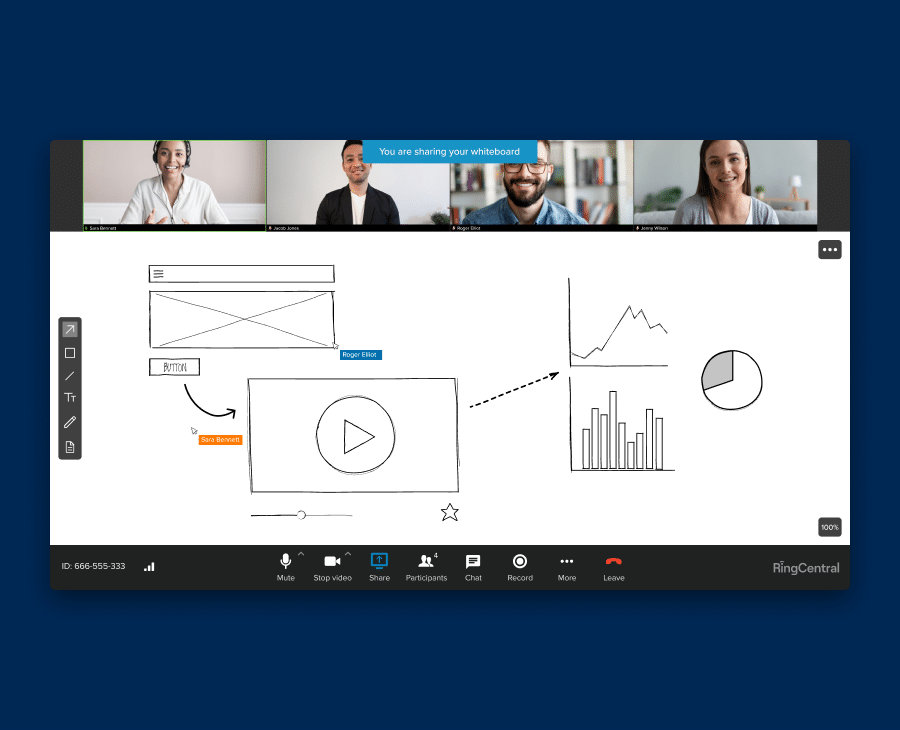When we embarked on our remote work journeys 1.5 years ago, the future was anything but certain. Companies expected that the lack of in-office presence would devastate productivity, and employees were afraid to lose their jobs.
But in many cases, quite the opposite happened. Productivity boomed, companies thrived, and employees had more work flexibility than ever before. In fact, both leaders and employees plan to implement hybrid work in some form or another in the next year.
As offices reopen and the pandemic winds down, we’ll all have to adapt to the new hybrid and remote-first world of work. Here are five blogs on hybrid work you should check out:
1. The growing divide between employees and leaders on hybrid work is a huge problem

Leaders and workers both want some form of hybrid work, but if industry giants such as Facebook and Google are any indication, what hybrid looks like is a huge point of contention.
Specifically, workers want more WFH days than leaders are willing to give them. Workers spent the last 1.5 years with unprecedented flexibility, higher productivity, and better work-life balance. To them, more WFH days is a win for everyone.
Leaders, however, fear that company culture will crumble when workers can’t collaborate in person—especially in the long run. They want employees to return to the office.
2. Should employees get to choose their WFH days?

Despite all of the pandemonium around hybrid work, what employees really want isn’t a split between in-office and remote work days. Employees want the freedom to choose their schedules. In other words, employees want flexibility.
The problem is, letting employees choose their WFH days introduces more challenges. For example, some managers might have proximity bias—where those who work in the office are more valued on the team.
3. Hybrid work: Should you go into the office today?

Which brings us to the next question. If you have the freedom to choose your WFH days, which days are the best for your office visits?
Some situations require an office visit such as projects that require in-person collaboration or days where you’re interviewing candidates. Others, such as weekly meetings or 1:1 check-ins, can be easily done over a quick video meeting. Where is the line drawn?
4. 7 uncommon perks to give your remote and hybrid workers

When we worked in the office, we relished in the fun and exciting perks our companies gave us. From office cafeterias with stocked pantries to on-site gyms, office amenities defined the pre-pandemic era of work.
In a hybrid workplace, employee benefits are due for a change. Some perks such as commuter stipends are still relevant, but new ones such as home office reimbursements are the new benefits to offer.
5. 6 productivity tips for your new hybrid work life

Once you begin your hybrid work journey, adapting to the new lifestyle might take awhile. For example, studies show that working from your bed can destroy your focus, as well as your ability to sleep. Also, hybrid work can only be successful if you actually see your colleagues from time to time.
But that doesn’t mean you should be married to your office again. Apply these productivity tips made specifically for hybrid work and find the perfect balance between on-site and remote work.
Originally published Oct 18, 2021, updated Jan 18, 2023




